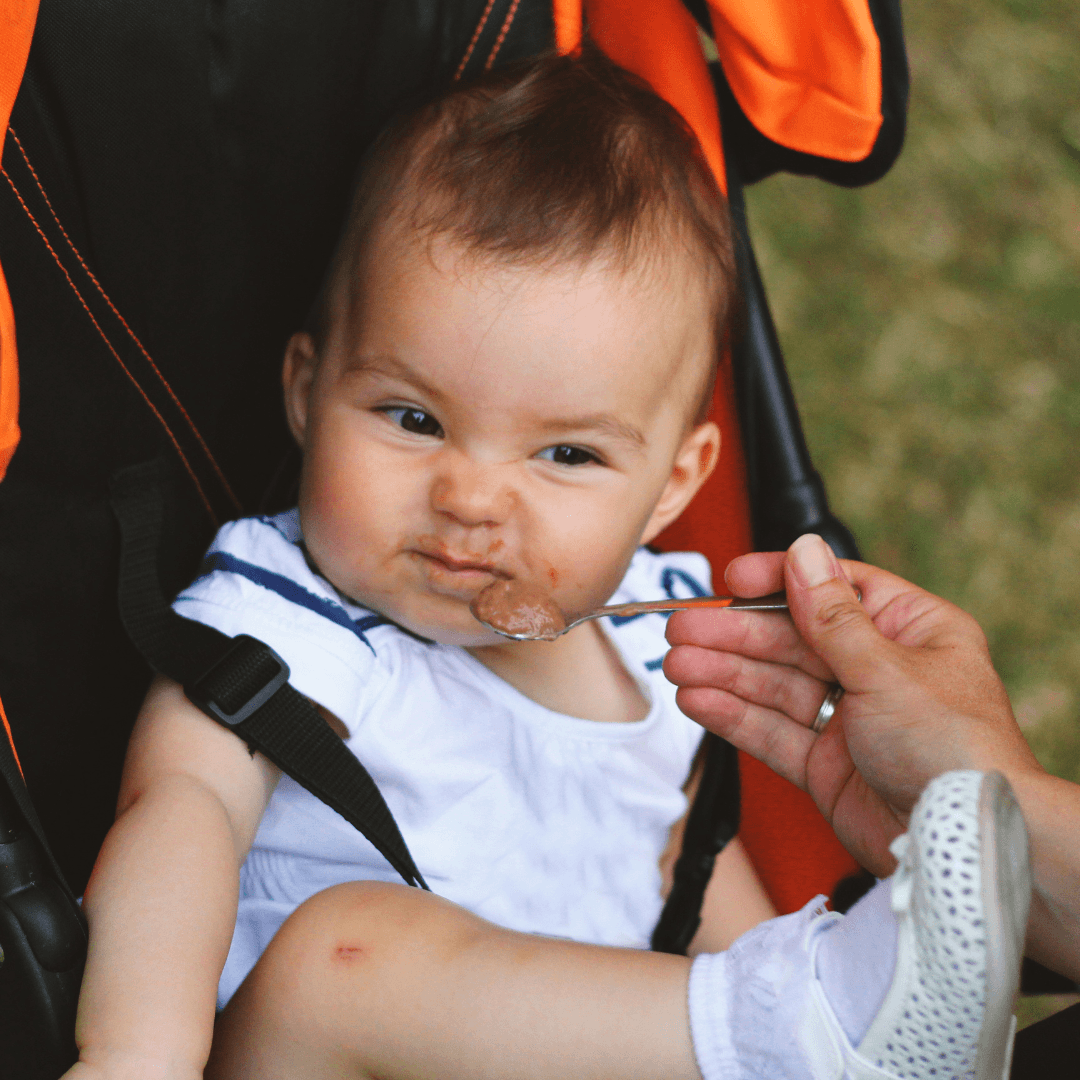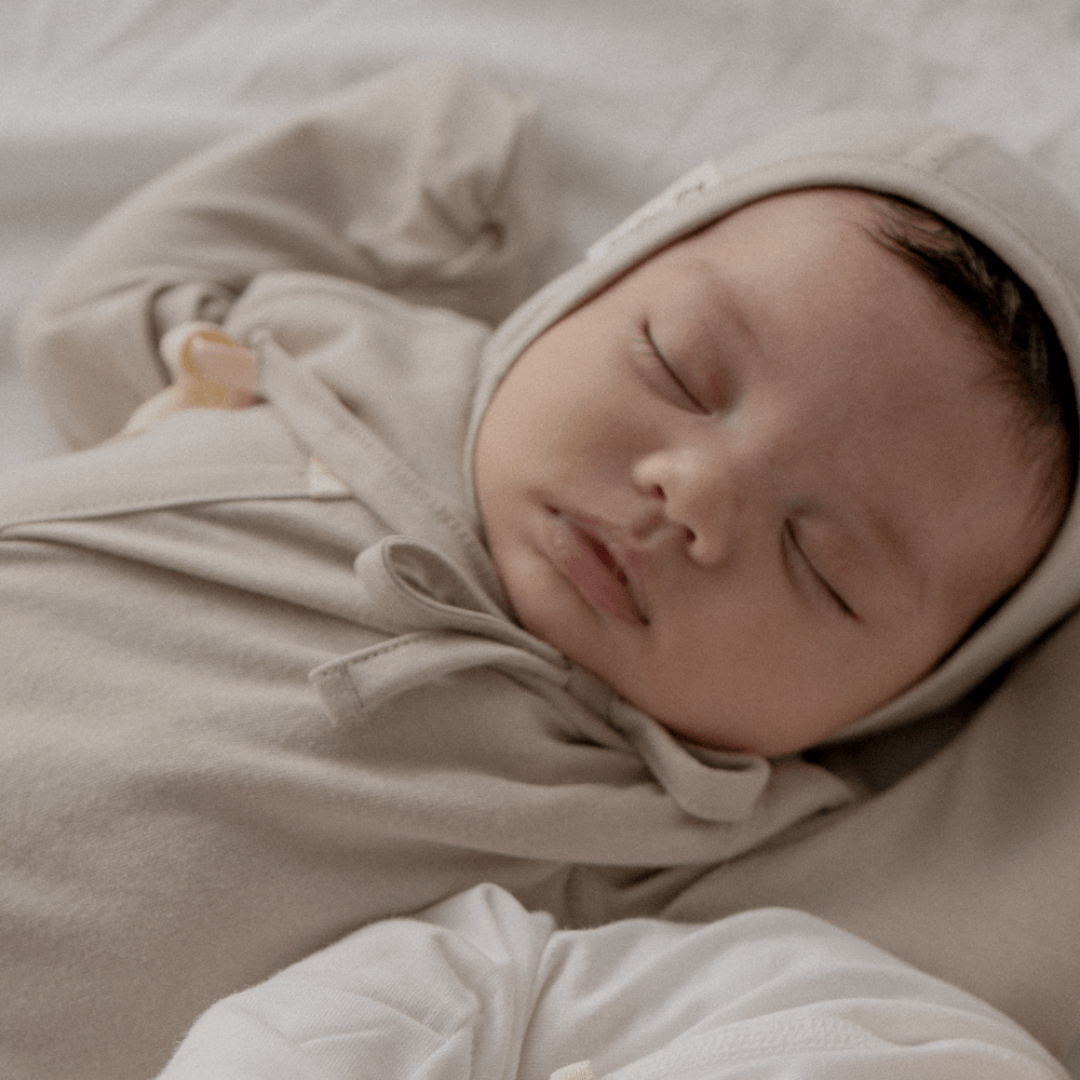When raising a newborn baby, you often hear the term 'shaken baby syndrome (whiplash syndrome)'. Shaken baby syndrome, as termed by Dr. John Caffey in 1972, is an injury caused by the vigorous shaking of babies under 2 years of age.
When the baby is hit on the head, haemorrhage occurs in the brain and retina. About 30% of cases of shaken child syndrome cause death. 60% of survivors also develop permanent side effects, such as blindness or paralysis. So, why does shaken child syndrome occur?
Why Shaken Baby Syndrome Occurs
Babies are immature in their physical development. One of the most vulnerable parts of this immaturity is that their head is not fixed. So, babies learn how to keep their own heads upright by practising holding up their necks. This strengthening of the neck is also used as an important indicator element in the development of the baby's large muscles, and only occurs when the baby starts getting older.
Therefore, when young babies who do not have the strength to hold their own neck and head upright are shaken at random, their skull and brain collide, and cerebral haemorrhage occurs. Holding a baby and shaking them violently, throwing and catching them in the air, or doing activities that cause shaking such as taking a young baby on a horse are all very dangerous for the brain health of babies. In rare cases, problems have arisen on long drives.
In the past, in Japan, a 3-month-old baby was in a car for 8 hours and then shaken child syndrome occurred. If you have to drive for a long time with young children, you need to use a car seat and prevent the child's head from shaking.

Is it okay to ride my child on a bouncer or stroller?
When you hear the story of shaken child syndrome, you may be concerned about gently rocking your child or putting them on a bouncer or stroller. According to experts, shaken child syndrome only occurs when a child shakes very violently.
The previously mentioned activities are just to create gentle vibrations to soothe the child, meaning that it won't cause any problems for the child. Of course, it would be a problem if the product shakes randomly due to malfunction, etc., but as long as you are supervising then your child will be fine.
When talking about shaken child syndrome, it’s essential to recognise that the majority of cases are a result of child abuse rather than unpredictable accidents. Therefore, a lot of advice given in order to prevent shaken child syndrome is along the lines of not holding a child when a parent is too angry.
Shaking a child enough to cause shaken child syndrome is an act of child abuse. In the United States, shaken child syndrome is the number one cause of death due to child abuse. This can happen when you shake it vigorously about 40 to 50 times within 20 seconds. In particular, swinging babies back and forth was the most dangerous. As long as you treat your baby with love and patience, this will not be a concern for you.

Tip: If you ever try to throw a 2-year-old baby high into the sky to play, it can be very dangerous for your child! However, it seems that you do not need to worry too much about the small vibrations of daily life. When handling or carrying a baby, always make sure that their neck and head are in a straight line and do not wobble!
#Parenting advice from Director Hyang-Hwa Kwon
Remember when your mother was pregnant? When her adorable baby was in the womb, she would have walked both lightly and briskly. The baby was not stationary in her womb. The baby would have felt the shaking of their mother.
Being in the mother’s womb is like being surrounded by jelly gently swaying on a plate. Babies of mothers who were relatively active during their pregnancy are more accustomed to shaking. If you reproduce the very gentle shaking in the womb after childbirth, the baby will be very happy. When holding your baby and walking lightly, you can create a microscopic arm recoil that causes the baby to shake, which is very beneficial for the baby.
---------------------------------------------------
Author: Kwon Hyang-hwa
- Newborn Childcare Coach
- IBCLC International Breastfeeding Specialist
- Worked as the director of a postpartum care center for 10 years.







